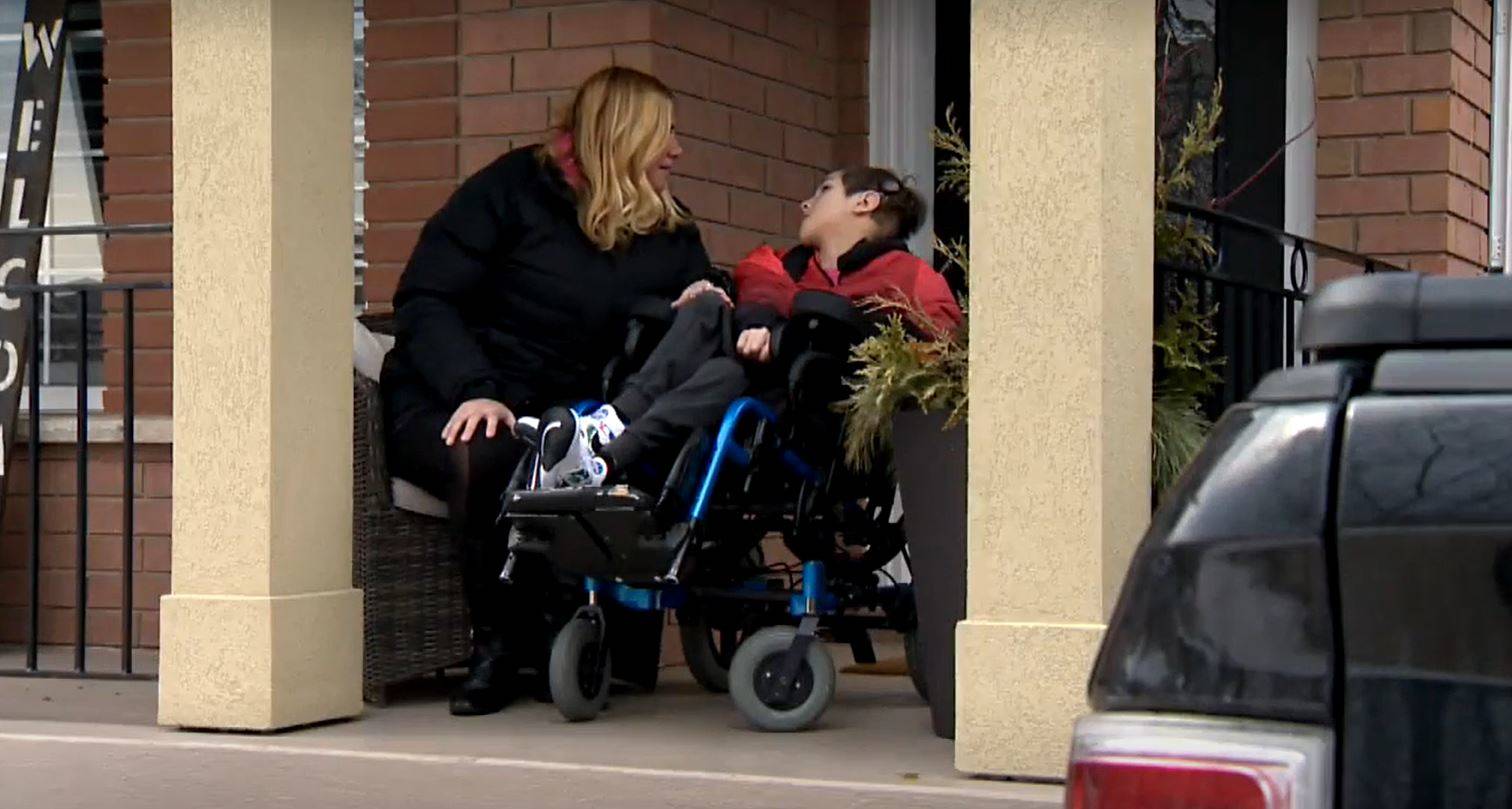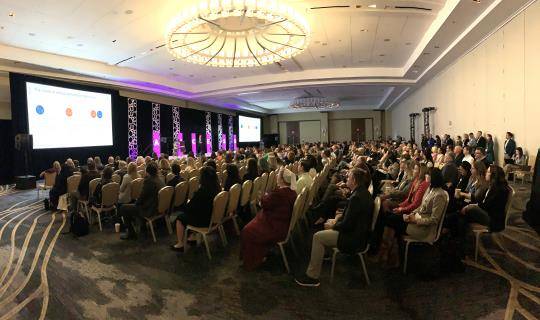A caregiver's story: How to support caregiving employees and their families
By Brenda Agnew
For employers trying to reengage employees in the midst of a pandemic, these numbers can be daunting -- particularly when caregivers spend an average of 29 hours per week caring for family members with chronic conditions. Based on the hours caregivers invest, and even just using minimum wage, we cannot ignore that their contributions total between $30-40 billion per year. The question emerges: How can employers better support their employees dealing with chronic disease?
What is a caregiver?
Understanding how to support chronically ill employees and their families starts with knowing what a caregiver is. A caregiver doesn't have to be a healthcare professional, and often isn't. The term is used to describe anyone who cares for someone with a healthcare condition. In fact, one in four Canadian adults cares for someone with a chronic sickness, a physical or mental disability, or problems related to aging.

Caregiver challenges: my story

My caregiver journey began with the birth of my son, Maclain, 14 years ago. Maclain is a surviving twin, and he was born at 29 weeks gestation. He spent three months in the NICU and was diagnosed at 12 months old with profound hearing loss and, later, cerebral palsy.
As you can imagine, the first year of his life was a complete whirlwind of emotions. I attended over 200 medical appointments, therapies, and clinic visits and really just trying to figure out how to navigate these rough waters.

When I returned to work after a year off, the whirlwind did not go away. Caring for my son wasn't a one-time deal, and I was going to have to find a way to balance work and life as a caregiver. As I returned to 50 hours a week in my operational director's role, one that I loved and put everything into, I was now coming back also as a caregiver of a child with a significant disability and other medical complexities.
I did manage to survive for about a year. From surgeries and doctor appointments to therapies, working off very little sleep, constant worrying, and meetings with different agencies and care providers, it really was never-ending. And aside from the odd, “How is Maclain?" in the office, I had very little support. I often heard about how hard it was to be a working mother and that's just the way it was, but that's not what this was about. I had been there and done that. I had an older son and I'd had and come back early in fact from maternity leave with him, so I knew how to balance "mom guilt" and that work-life balance. But now, I was a struggling caregiver to a disabled child, trying to figure out how to make things work.
Quitting wasn't an option for a few different reasons, most of which were financial, but I also loved working. I had always been a career person. I enjoyed the satisfaction my work brought to my life. I didn't think it was something that I should have to give up, and I believed there was a way around this. Unfortunately, without support or solutions from my employer, and as the pressure mounted, so did my anxiety and depression, and I ended up on long-term disability for about seven years.
I know my story isn't unique. So many caregivers face similar situations every day, and each of our stories demonstrate how important it is for things in the workplace to be different.
Numerous challenges and struggles come with being a caregiver, the least of which is trying to navigate funding, resources, support, and the healthcare system. Navigating "the system" is a full-time job, and that's enough to leave you completely burnt out at any given time. Caregivers are emotionally drained. We are also physically taxed and we're exhausted most of the time. We often have inadequate support and respite programs, with little to no funding available for assistance. We're often dealing with a hectic and unpredictable schedule that is at the demand of the person we're caring for, and that can change at any time. It's incredibly hard to manage when you're trying to focus on work.
What does a caregiver need from their employer?
Needs may differ from caregiver to caregiver, but there are a few things all caregivers can benefit from as employers seek to support them:
- Flexibility. So many employers are stuck in a 9:00 to 5:00 mentality, but we've seen what the pandemic has done for flexible work environments and schedules. Productivity is not tied to 9:00 to 5:00. In fact, 77 percent of chronic disease patients agree that working from home has meant they missed less work due to their chronic condition and/or chronic pain
- Understanding. Without a basic understanding and foundation of trust, no solution is going to work. We can no longer assume caregivers use their role as an excuse for time off, extensions on projects, or to otherwise get out of something. That's simply not the reality. A happy and supported employee is a productive employee.
- Real support. This should be in the form of programs and resources that are accessible, but it also must be attitudinal. You can offer all the employee assistance programs (EAPs) in the world, but if there's no true attitudinal support and understanding, none of it is going to work. If people don't believe it or use it the right way, a program won't be effective for the caregivers that need it. Affirmation goes a long way. We're in a difficult place. We spend a lot of our time worrying about someone else and we encounter barriers every day -- no one needs a difficult support program to create another barrier.
How can an employer help meet these needs? Again, the specifics are going to vary. These are big-picture conversations. Every employer is going to have a different way to meet the needs of its employees. But the most important step an employer can take is to ask caregivers what they need. Acknowledge their dual role. Ask what they need from you, the employer, to make this work instead of assuming you know what the employee needs.
Resources for caregivers
Support comes in a lot of forms — EAP programs, tools like Chronically Simple, and resources for stress management, benefits, or things like massage and therapy. All of these are vital interventions that caregivers need to keep going, so put them in place.
And remember, offering the right support means staying away from judgment. You have no idea what someone is dealing with, so be open, be willing to work together, and be willing to find solutions. For me, 14 years into my journey, I've encountered a whole new set of challenges as a caregiver. But now, my workplace knows my story and offers the support I need as a caregiver.
Recently, I was able to keep working through a three-month stay at a rehab center with my son and I was able to work remotely. It was the only way I could have done it without taking an unpaid leave of absence. That only happens with understanding and flexibility. They ask how I am doing and what they can do to help. Because of all of this, I am a dedicated, passionate employee who wants to make it work and I strive all the time to do my very best because I feel seen and heard, appreciated and supported.
Continue the conversation
Chronically Simple helps employees manage, organize, track, and share their caregiving responsibilities, improving caregivers' and patients' healthcare journeys. Find out how we can help your organization support caregivers.



